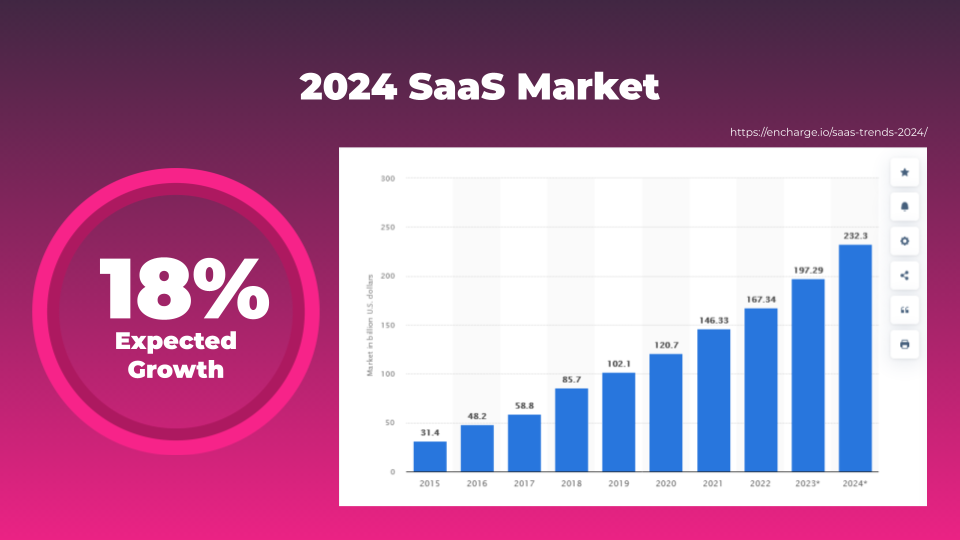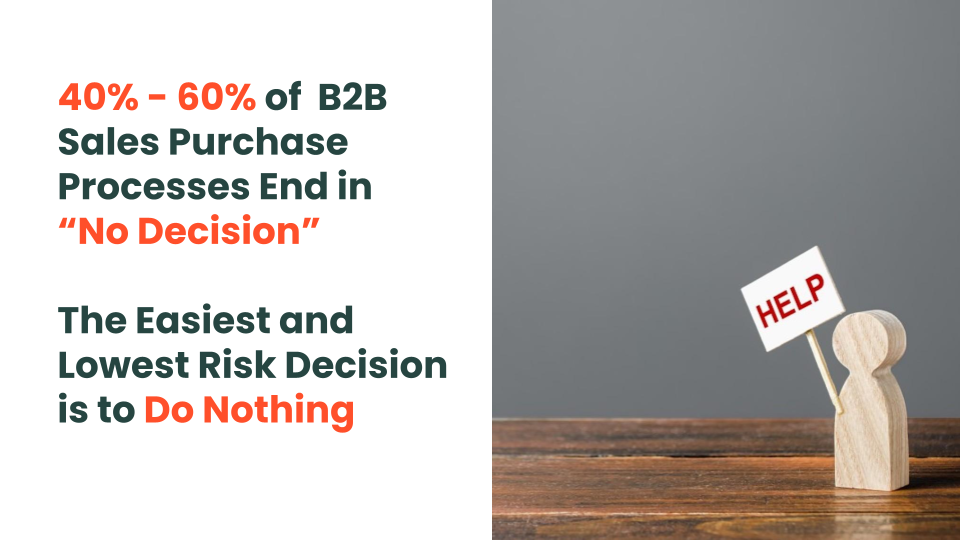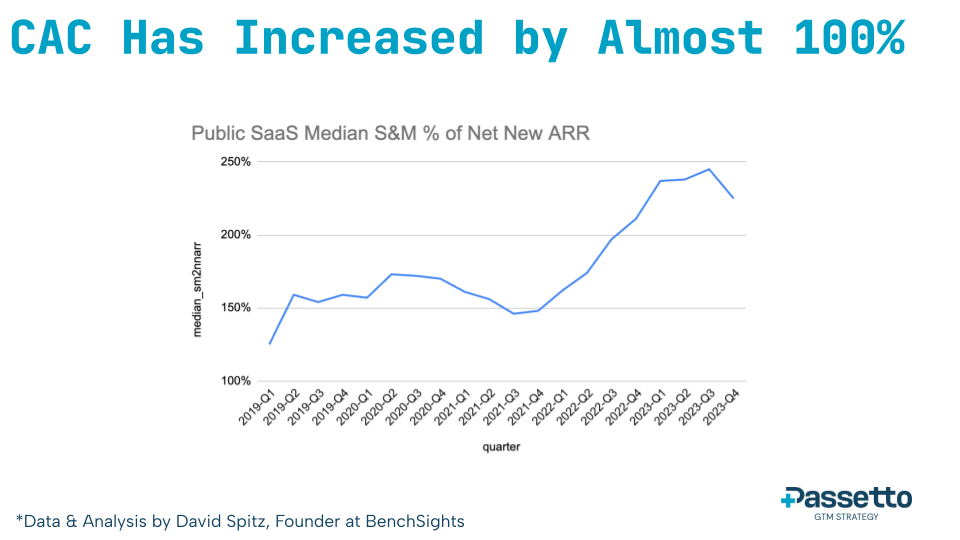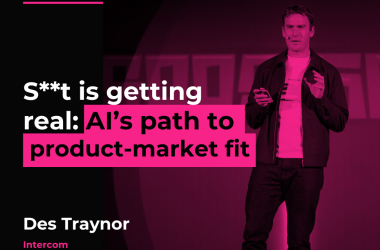This post was first published in our SaaStock Blueprint newsletter. Subscribe now to get insights like this, straight to your inbox.
Last week, myself and the team took to Austin for the second SaaStock USA. As I settle back in, it’s time to reflect, follow up with new connections, action those learnings, and look ahead.
Our aim is for every interaction with SaaStock – be it our conferences, media, local meetups, or Founder Membership – is for it to be a place where SaaS founders, operators, and investors can connect with each other, and leave with the actionable takeaways they need to help their businesses thrive.
It’s something that’s increasingly important in the current market. There’s more competition, marketing is harder, and the fundraising landscape remains turbulent. While things are tough, there is hope – with the industry predicted to grow 18% YoY 2023/2024.
In this new era, where the focus is on efficiency, founders face new challenges as they look to forge paths to profitability and find new ways of driving growth. One of the most common challenges reported by our community? Go-to-market strategies.
Here are three actionable insights from SaaStock USA that might help.
1. Narrow down your ICP and buyer persona – David Politis, Founder and Executive Chairman, BetterCloud
David covered five rules for founder-led success, based on learnings from his 20+ year career in SaaS. The first rule? Get your ideal customer profile (ICP) and ideal buyer persona right and focused.
He shared that most of the companies he advises sell to multiple personas, in different size businesses, across different geographies. In other words, companies choose to make the total addressable market (TAM) as big as possible, without realising the challenges it creates. With a bigger TAM, defining a value proposition, clear messaging, and the right GTM motion all becomes more difficult because there are too many needs to serve.
David explained that as soon as you narrow your ICP and buyer personas down to a small group of companies and people, it’s much easier to sell. When the BetterCloud team did this, the impact was clear. Within a quarter, their sales cycle was down by 30%, average selling price (ASP) and close rate were up 20% and 100% respectively.
2. Don’t sell features, be a guide – April Dunford, Founder and CEO, Ambient Strategy
Positioning expert April Dunford told us what B2B SaaS research found buyers want from a sales process:
- Perspectives on the market,
- And help navigating alternatives.
Yet April says this is missing from most sales motions – and it’s a leading reason as to why 40% – 60% of B2B sales purchase processes ending in ‘no decision’. She added that sales processes built on feature heavy demos don’t leave prospects ready to confidently make a decision. So, the easiest and lowest risk decision is to do nothing.
To combat this, she recommends creating your sales pitch when you have your positioning. That is when you know who you are competing against, who’s a good fit (and who isn’t), and what value you deliver that nobody else can.
Once you have those you can map it to a sales pitch made of two components that guides users towards why they should pick you over the alternatives. The two components are:
- Market insights: Give your insights and perspective on the market, the different approaches between you and your competitors, and the pros and cons of each.
- Differentiated value: Instead of running through features, show where you add value that nobody else can. First explaining the value, and then how you do that, with the features you offer.
Watch April’s full session on our YouTube.
3. Optimise GTM processes with signals based analytics: Chris Walker, Executive Chairman, Refine Labs
Chris Walker opened his talk by defining “GTM bloat”. Simply put, it’s the fact that B2B SaaS investment in sales and marketing, doesn’t get the same level of return. And the stats show how this puts financial pressure on companies:
- 40-60% of a SaaS company’s total revenue is spent on sales and marketing.
- CAC has increased almost 100% over the last two years.
- Companies growing less than 25% YoY and a CAC payback period of between 2.5 and 6 years.*
*These numbers are from publicly traded companies, they’re amplified even further in private companies.
According to Chris, optimising the GTM processes that impact these numbers should be priority number one.
Introducing signals – a new way to track human and account level intent data. It includes looking at triggers and signals across first, second, and third party data to get a clear picture of what is and isn’t working in your buyer journey
Examples of this data include:
- First party signals: Product data, MQLs, lead scoring, form fills, google ads, performance marketing, events,
- Second and third party: ABM platform data, contact data, and insights from intent data providers.
Most businesses have some of these signals already but they aren’t tracked well. For example, you can see intent data but it isn’t linked to sales outcomes or an enterprise deal data that only includes the successful outbound activity, not the hundreds of failed attempts along the way.
In the world of signal analytics, businesses move to a unified pipeline architecture that tracks opportunities from when a signal happens to an in market account. This will clearly show what is working and (perhaps more importantly) what isn’t to help you know where to employ marketing investments and when to deploy sales resources
In a modern B2B business, there are thousands of signals to collect data on and draw patterns from, all of which are important. Chris’ data shows that sales productivity can vary almost 100x depending on the signal. Spotting the patterns and taking action to stop what isn’t working is the quickest way to optimise GTM processes and increase sales productivity and ROI.
Get more insights from SaaStock USA
However you choose to tackle GTM challenges, we’ll be here to support you along the way. Over the coming weeks, we’re releasing these sessions in full over on our YouTube plus more highlights, insights, and exclusive content from the likes of Wes Bush (Product-Led), Nathan Latka Founderpath), and Ashley Grech (Xero).
Head to our YouTube Channel now to check out:
- How to Build a Game-Changing Sales Pitch with April Dunford, CEO at Ambient Strategy
- Decisions from the Gut with Jason Fried, Co-founder & CEO at 37Signals
- Scaling Success: Insights from Klaviyo’s Journey with President Steve Rowland
- The Great Debate: What You Need to Know with Jake Dunlap (Skaled) and Kevin Dorsey (Sales Leadership Consultant)
- From $0 to a $3B Valuation with Christine Esserman (Accel) and Marcelo Lebre (Remote)








